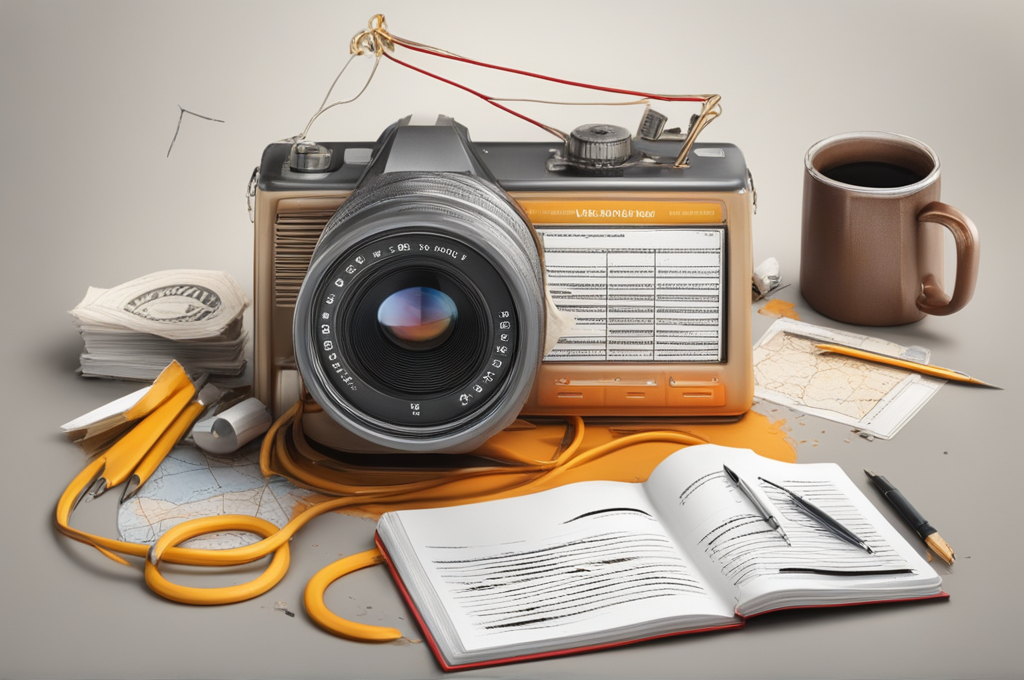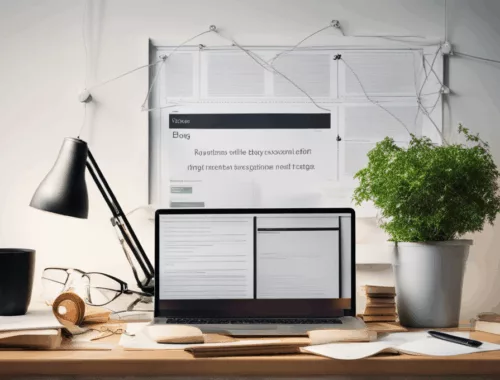
[object Object]
 – Reference any external sources in a
– Reference any external sources in a
or tag. Do not include direct quotes in the main text.
1. Why is Image Optimization Important for Blog Performance?
Images play a crucial role in blogging. They add value, engage readers, and enhance the visual appeal of your blog posts. However, without proper optimization, they can adversely impact your blog’s loading speed, negatively affecting SEO rankings and user experience.
According to a study by Google, page speed is a critical ranking factor for search rankings, directly impacting a site’s visibility and potential traffic. A faster-loading page translates into a better user experience, reducing bounce rates, and boosting retention rates.
2. How to Optimize Blog Images?
To ensure your blog images are optimized, follow these steps:
2.1 Compress Images
Before uploading any image to your blog, it’s essential to compress it. This reduces the image file size without compromising its quality.Using an image compression tool, you can decrease the image size by about 60% without affecting the quality. Tools like TinyPNG, Krpano, or Adobe Photoshop can compress images efficiently.
2.2 Choose Appropriate Image Formats
In addition to compression, choosing the right image format can also enhance the loading speed of your images. The two widely used formats are JPEG and PNG.
JPEG is better for photographs and images with smooth color transitions, while PNG is the better choice for graphics with text, sharp edges, or transparency. Using the appropriate format reduces file size and improves loading speed.
2.3 Resizing Images
Resizing your images ensures they load faster and take up less space. Images that are too large consume more bandwidth, reducing the loading speed of your blog.
You can resize your images using image editing software or online tools like Canva, Pixlr, or Adobe Express. These tools allow you to set the desired dimensions for your images, reducing their file size accordingly.
2.4 Use Lazy Loading
Lazy loading defers the loading of non-critical resources at page load time. This allows you to load images only when they are needed, such as when a user scrolls down the page.
Most modern browsers support lazy loading natively. However, for advanced functionality, you can use plugins like LazyLoad for WordPress or Lazy Load for JavaScript.
2.5 Choose Appropriate Image Alternatives
Images with alternative text help users with visual impairments navigate and understand your site better. For example, if you are using images of products, provide a description of the product.
You can add alternative text for images using the `alt` attribute in the `
` tag.
3. Testing Image Optimization
Testing the performance of your images can help you determine if your optimization efforts are yielding results.
Google’s PageSpeed Insights is a powerful tool that helps you analyze and test your site’s loading speed. By analyzing the page speed score, you can identify the images that need further optimization. This tool provides actionable insights and recommendations to improve your site’s loading speed.
4. Conclusion
Optimizing your blog images improves the loading speed of your blog, enhancing user experience and boosting SEO rankings. By compressing images, choosing the right image format, resizing images, and implementing lazy loading, you can significantly improve your site’s loading speed. Moreover, providing alternative text for your images ensures that users with visual impairments can navigate and understand your site better.

How to Sell Ad Space on a Blog
You May Also Like

Beginner’s Guide to Blog Backlinking
June 6, 2025
Blog Post Ideas for Seasonal Traffic
July 1, 2025


